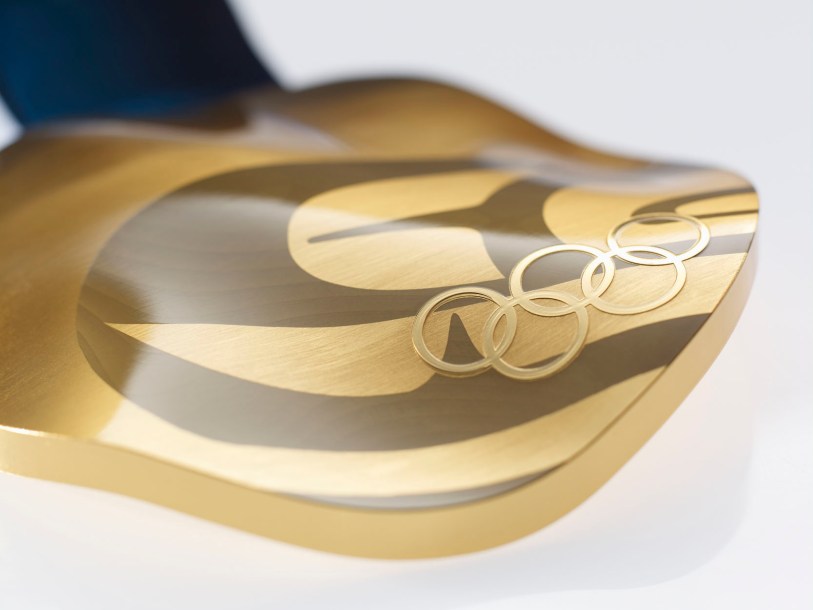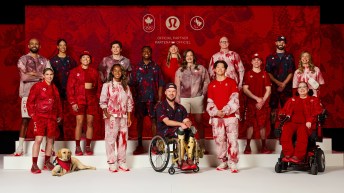2010 Medals Make Olympic History
The dreams of hundreds of Canadian athletes took physical form on Thursday when VANOC unveiled the actual gold, silver and bronze medals for the 2010 Olympic and Paralympic Winter Games. Not that they could unveil them all of them at once – for each medal is different than the next and each is a unique work of art.
The medals, produced and supplied by the Royal Canadian Mint and Teck Resources Ltd., make history in several ways. Each medal features its own piece of contemporary Aboriginal artwork. And, as you can see in the photos, all medals are undulating rather than flat.
The waving style of the 615 Olympic and 399 Paralympic medals draws inspiration from mountains, ocean waves and drifting snow. The Olympic medals are 100 mm wide, 6 mm thick and weigh between 500 and 600 grams – some of the heaviest in history. The 2010 bronze medal will also make Olympic history as the first to be made out of pure copper. (Typically tin is mixed with copper.) Each gold medal is plated with six grams of gold.
Each Olympic medal will be a cropped-section of a master artwork of an orca whale. The artist is Vancouver’s Corrine Hunt, an artist of Komoyue and Tlingit heritage. In this way, no two medals are the same. Each medallist will receive a silk scarf printed with the full orca master work. The black-and-white whales frequent the waters off Canada’s West Coast.
“I like that it’s a very original concept and that each one will have its own unique pattern,” said freestyle skier Veronika Bauer. “That’s special. I can’t wait to get one!”
The Olympic medals are embossed with the Olympic Rings, the official names of the Games in French and English, Vancouver 2010 emblems and the name of the sport and event the athlete competed in. “With Glowing Hearts/Des plus brillants exploits”, the motto of the 2010 Games, is written along the blue and green ribbon from which the medal hangs.
Also a first for Olympic medals, they contain gold, silver and copper recovered from end-of-life electronics such as televisions and computer equipment (“e-waste”) that would otherwise head to the landfill.
For a full range of information about the 2010 Olympic and Paralympic medals, visit .









